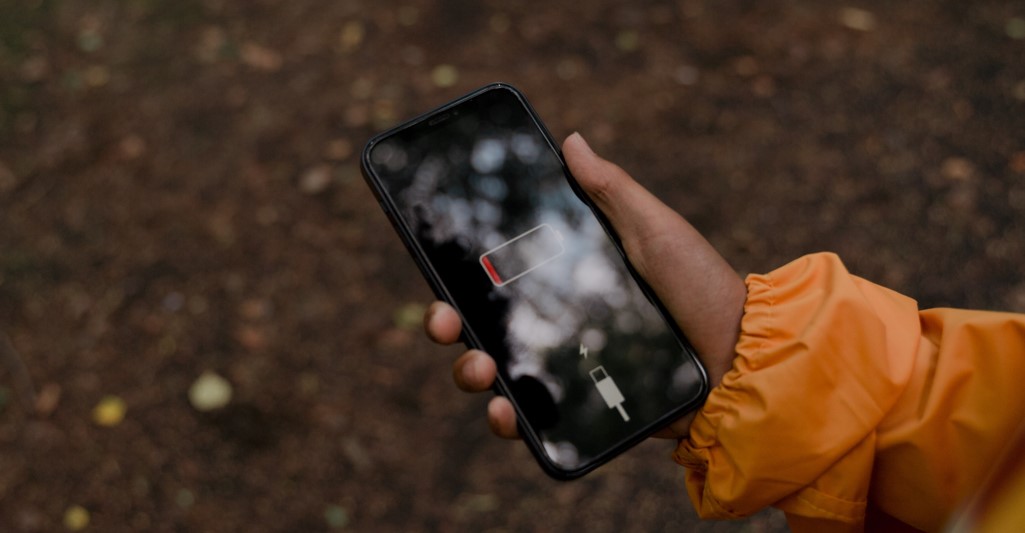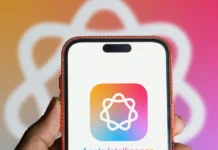
The much-awaited iPhone 14 series has been launched, and users are exhilarated to get their hands on the latest technology. Nonetheless, with each new release of the iPhone, there are hooked to be a few hiccups. Users have reported issues such as wifi problems, Bluetooth connectivity issues, wireless charging problems, and even overheating concerns with their iPhone 14 devices.
Despite the passage of time, some iPhone 14 users are still undergoing overheating problems. If you are one of those facing this issue, don’t worry, we are here to help. In this article, we’ll outline several effective solutions that can assist you address iPhone 14 overheating issues and assure that you can continue to utilize your device without any problems.
Why is my iPhone heating up after iOS 14?
Overheating is a common issue that iPhone users confront. When your iPhone overheats, its performance can be harshly affected, and you may even receive a temperature warning. To prevent this from happening, it’s crucial to apprehend the reasons behind your device’s overheating, the reasons include:
- Too Many Processor-Intensive Apps Running: If you’re running multiple processor-intensive apps on your iPhone, such as streaming 4K videos or playing graphics-intensive games, it can induce the CPU to struggle, resulting in overheating. To avert this, you may require to limit these activities or upgrade to a new phone that can handle them.
- Outdated Apps: Outdated apps or an outdated iPhone can cause overheating issues. Bugs in outdated apps can cause the app to heat up, while an outdated iPhone may not have the necessary updates to fix the issue. Make sure to keep your apps and iPhone updated to avoid this problem.
- Hot Environment and Other External Factors: The environment around you can enormously impact your iPhone’s temperature. If you live in a hot country or leave your phone in direct sunlight, it’s more likely to overheat. Additionally, placing your phone under a pillow while sleeping can also lead to overheating.
- Old or defective iPhone Battery: If your iPhone has an old or defective battery, it can also lead to overheating. To determine the health of your battery, you can check its status by navigating to Settings, then going to Battery, and finally selecting Battery Health. If you notice that the ultimate capacity of your battery is low, it may be necessary to replace it with a new one.
Also Read- How To Spot An Overheating PC And How To Cool It Down
How do I resolve iPhone 14 overheating issue?
Method 1: Shut Down Your Apps And Restart Your iPhone
When you shut down your phone, it’s similar to shutting down a computer. All the processes, including the apps that were running, will be stopped. If you restart your phone without closing the running apps, these apps will resume running after the restart, consuming memory and processing power, which can induce your phone to slow down or overheat.
By closing all running apps before restarting your phone, you’re essentially starting with a fresh slate. This indicates that when your phone restarts, no apps are running in the background which may cause issues such as overheating. It’s a small step that can make a big difference in the performance of your phone.
Also Read- [Fixed] iOS 15.4.1 Serious Battery Drainage And Overheating Issue
Method 2: Do Not Use Your Phone While Charging
When you utilize your phone while it’s plugged in, you are inadvertently putting extra stress on the battery. This additional strain induces the battery to operate harder, resulting in raised heat production. As a consequence, the temperature of the device may increase enormously, leading to overheating issues.
Additionally, the lithium-ion battery in your phone can be negatively affected, eventually impacting its lifespan and performance. To preclude such issues and ensure your phone’s longevity, it’s best to avoid using your phone while it’s charging.
Method 3: Enable or Activate Low Power or Battery Mode
By activating Low Power Mode, your phone will lessen the processing load of the GPU and alleviate overheating by restraining background activities and services. This mode optimizes power consumption by lessening performance and visual effects, which is a valuable feature when your device’s battery is running low or when you like to thwart excessive heating. To enable or disable Low Power Mode, you can utilize the Battery settings or customize the Control Center. To access Battery settings. To access Battery settings:
- First, you require to head to Settings and then you need to choose Battery, and lastly toggle the switch for Low Power Mode.
- Alternatively, you can add the Low Power Mode icon to the Control Center by going to Settings and then heading to the Control Center, after that tap Customize Controls and select the Low Power Mode option. This will authorize you to quickly enable or disable the feature from the Control Center menu.
Also Read- 7 Ways To Fix Overheating Issue Windows 11
Method 4: Turn off/Disable Background App Refresh
Background App Refresh is a feature available on many modern smartphones and mobile devices. Essentially, it allows apps to continue running and updating themselves in the background, even when you’re not actively using them. This can be beneficial for apps that require to stay up-to-date, such as news apps or social media apps that provide real-time updates.
Nonetheless, this feature can furthermore have some negative side effects. One of the main drawbacks of Background App Refresh is that it can drain your device’s battery much faster than if the feature were turned off. Since apps are constantly running and updating themselves, they are also constantly utilizing resources like battery power and CPU cycles, which can cause your device to heat up and potentially overheat.
To disable Background App Refresh, you require to open the Settings app on your device. Once opened, select the General option, and then choose Background App Refresh. Afterward, toggle the switch located next to Background App Refresh to the left to turn it off entirely.
Also Read- Mac Overheating After Updating To MacOS Monterey? Try These Fixes
Method 5: Download & Install the Latest Software on your iPhone
Not updating your iPhone to the latest software can provoke your phone to lag or stutter. Each new update released by Apple aims to resolve bugs from the earlier version. Updating your software can help bring your device up to date with the latest features, and it may furthermore remove any bugs that are affecting your phone’s performance. To check for a new iOS update, follow these steps:
- First, you require to proceed to the Settings app on your iPhone.
- After that, you require to click on General.
- Now you need to tap Software Update and if there will be any new update then click on Download and Install to install the latest software on your iPhone.
Method 6: Toggle The ‘Always on’ Feature on
The new iPhone 14 models have an always-on feature that many users enjoy. Nonetheless, it’s crucial to note that this feature can consume additional battery power and put more strain on the GPU, ushering in overheating problems.
If you want to turn off the always-on feature, first you require to open the Settings app on your iPhone and then click on Display & Brightness and finally scroll down to Always On and toggle the switch to the left to turn off the feature.
Also Read- How To Fix Overheating Issues On MacBook?
Does iPhone 14 get hot easily?

Several iPhone 14 and 14 Pro users have reported experiencing overheating issues with their devices, even with the tiniest usage. This can be a cause for concern as overheating not solely affects the device’s performance but can also potentially damage the internal components of the phone.
Overheating can be caused by several factors such as faulty batteries, outdated software, or heavy usage of resource-intensive apps. Besides, some users may be utilizing their devices in warmer environments or exposing them to direct sunlight, which can also cause the temperature of the phone to rise. You can use the methods above to resolve the overheating issue.

































